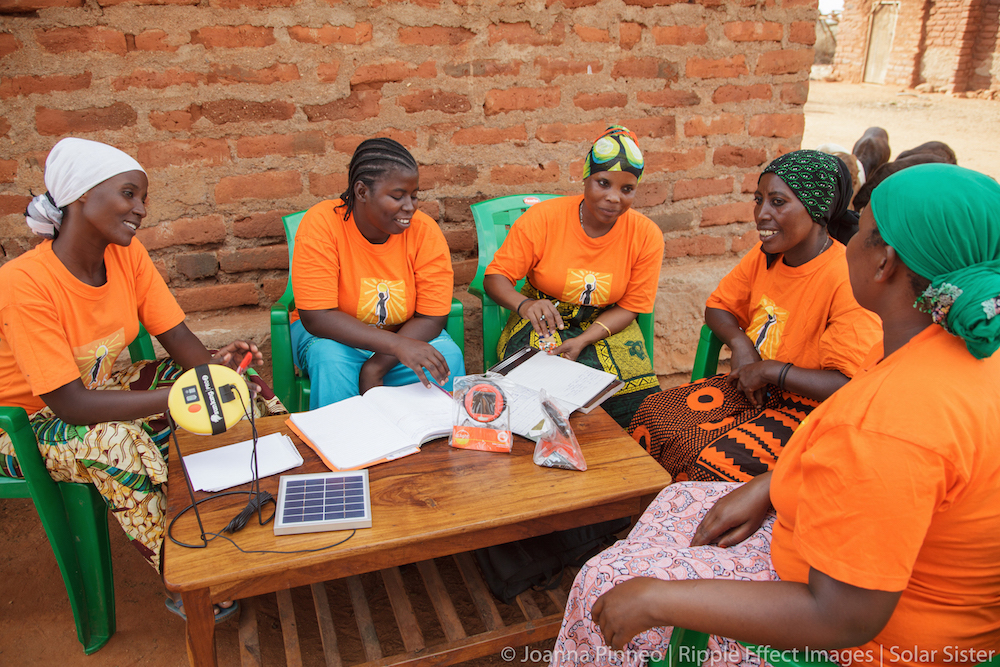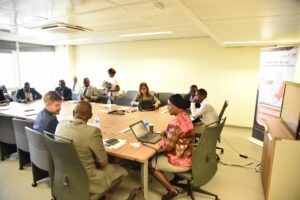Workshop: Making off-grid solar solutions affordable.
Date: 19th November 2020
Time: 14.30PM EAT/11.30AM GMT
Despite ambitious 2020 electrification targets, many Sub-Saharan African (SSA) countries still have relatively low electricity access, especially in rural areas representing close to 85 percent of the global energy access deficit[1]. Off-grid solar products have been identified as the least-cost solution to addressing the energy access gap in the region. However, challenges of access and affordability are hindering progress towards achievement of the electrification targets. Some of the factors affecting access and affordability are distribution and consumer financing options. The Africa Clean Energy Technical Assistance Facility (ACE TAF) commissioned two studies on affordability to get deeper insights on distribution costs, and alternative consumer financing.
Distribution costs
Distribution costs and barriers are considered one of the key reasons for limited uptake of off-grid solar energy systems products in Sub-Saharan Africa. This is mainly due to two assumptions, 1) that distribution costs have a significant impact on OGS price, therefore limiting affordability for OGS products’ target market; and 2) that distribution barriers affect providers’ ability to deliver necessary volumes of products directly to final consumers, therefore, limiting availability of the products.
However, the study on Understanding the impact of distribution costs on uptake of OGS products in select SSA countries had two key findings. First, it was found that although distribution costs accounted for about 47% of the retail price for OGS products there was little variation in landlocked and non-landlocked countries. Rather, OGS companies also considered other factors such as manufacturing costs, overheads, competition, ability to pay and market value in arriving at the retail prices. Secondly, there are other barriers in the distribution chain that were limiting the availability of OGS products for the final consumer. These barriers are heavy working capital requirements, requirements for large import volumes with penalties for companies that are not able to meet the quota, inconsistent tax application, weak enforcement of quality standards, companies face similar distribution barriers across landlocked and non-landlocked countries.
Alternative consumer financing
Consumer finance mechanisms have been instrumental in enabling increased access to off-grid solar (OGS) products. Consumer financing mechanisms reduce the upfront cost of these products and require relatively small regular repayments until the cost of the system, plus additional fees such as interest, is paid off. However, the current coverage of consumer finance models is not universal, and some groups, particularly in vulnerable communities, are left un- or underserved. The total price of a household tier 1 OGS product averages USD 147 and approximately 40% of Sub-Saharan Africans live on less than USD 1.25 per day, making the products prohibitively expensive for many. Though progress has been made in reducing affordability barriers, 46 million people are still unable to afford OGS products even after the reduced upfront costs enabled by consumer finance mechanisms.[2] Additionally, due to challenges such as a lack of mobile money penetration or access to MFIs, many of the 670 million consumers that are theoretically able to afford OGS products are unable to access the consumer finance mechanisms that would allow them to do so.
The study on Access to consumer finance for vulnerable communities found that there is no one size fits all solution and that stakeholders in the OGS sector need to work together to address affordability barriers. Some or the recommendations include; leveraging the social structures of community groups, increasing the availability of disaggregated energy access data, availing infrastructure that makes it possible to set up consumer finance e.g. mobile networks and MFI branches, leveraging international remittances for energy access and testing rental models in specific communities.
It is against this background that ACE TAF and the Open Capital are organizing a workshop on “Making Solar Solutions More Affordable” that will take place on 19th November 2020 at 2.30pm East Africa Time. The workshop will discuss findings from the two reports and find out what it will take to provide consumers with more affordable OGS products.
To register for the workshop click here: https://bit.ly/35EKYaN
To download the two reports click here: https://ace-taf.org/sas-knowledge-hub/
[1]International Energy Agency (IEA) et al, Tracking SDG 7: The Energy Progress Report 2019 (Washington DC: IEA, IRENA, UNSD, WB, WHO, 2019), 1, https://trackingsdg7.esmap.org/data/files/download-documents/2019-tracking_sdg7-execsumm-withoutembargoed.pdf
[2] Lighting Global, Vivid Economics, and Open Capital, 2020 Off-Grid Solar Market Trends Reports (MTR), (Washington DC: International Finance Corporation, 2020), 15, Link










